Students Create Climate Change Innovations
Seniors Megan Hamma and Lindsey Buggi pose next to their project for EcoAudit.
May 26, 2017
For their last project, Doc McPherson’s EcoAudit and Environmental Systems classes created their own experiments with designs that help mitigate climate change. Their efforts allowed them to receive grants from a nonprofit organization called Ecorise,and their projects were revealed in the lecture hall on May 19. The projects represented range from aquaponics, use of solar energy, recycling of nutrients with compost, use of microbes to create energy, the use of hemp and even creation of healthy soil.
“We’ve been working on these projects since January,” senior Lindsey Buggi said. “They are supposed to help climate change and find alternates to not hurt the environment. For ours we did a vertical garden.”
Seniors Lindsey Buggi and Megan Hamma created a garden attached to a wall called a vertical garden which help nutrient filled water flow over a vertical surface to feed the roots that keep the plants alive.
“Vertical garden cost about $400,” Hamma said. “If the 321 million people living in the United States decided to build a vertical garden the country would be saving 77 billion dollars.”
Other projects were created that are designed to cut back on spending so much money on essentials such as electricity.
“We created a dual chamber microbial fuel cell,” senior Luke McDaniel said. “It took around five weeks to make. We had to brainstorm. We wanted something that produced electricity without having to pay for it. It’s a natural process.”
The project was cost effective and can be used in any household.
“The bacteria that is in dirty water produces electrons,” senior Jack Litton said. “What our project does is take the bacteria and the fuel cell and uses it to charge household items. As a side effect it can purify dirty water. It a practical solution for how to make electricity.”
Senior Emma Jones created an aquaponic greenwall that allowed plants and fish to thrive.
“The greenwall grows plants vertically and its self sustaining,” Jones said. “The plants filter the water and the fish provide the nutrients for the plants. Once we got all of our materials it took us about two weeks to make. The process was a lot of sitting around because we had to wait for wood and after that it was just figuring out what we had to do and putting it all together. I wanted to do a greenwall because I think they’re a very efficient way to clean the air and it’s pleasant to have plants and fish.”


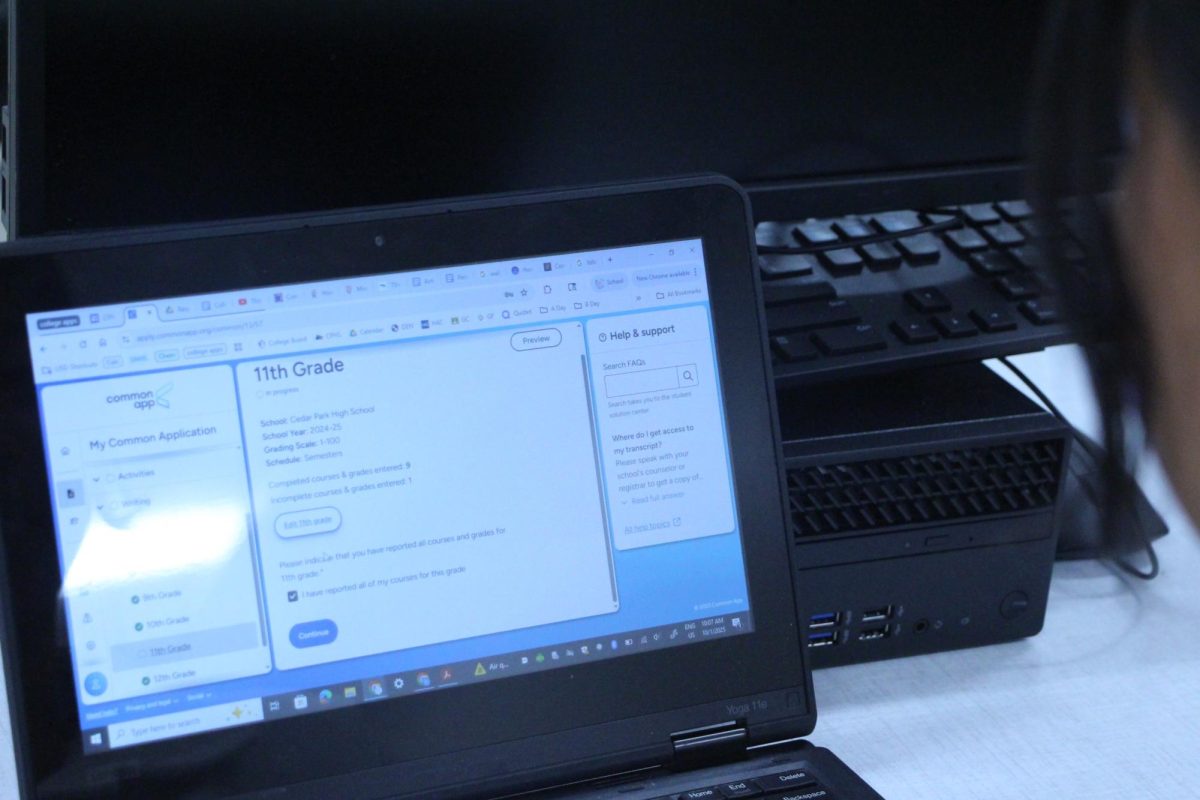




![As her hair blows in the wind, senior Brianna Grandow runs the varsity girls 5K at the cross country district meet last Thursday. Grandow finished fourth in the event and led the varsity girls to regionals with a third place placement as a team. “I’m very excited [to go to regionals],” Grandow said. “I’m excited to race in Corpus Christi, and we get to go to the beach, so that’s really awesome.” Photo by Addison Bruce](https://cphswolfpack.com/wp-content/uploads/2025/10/brianna.jpg)

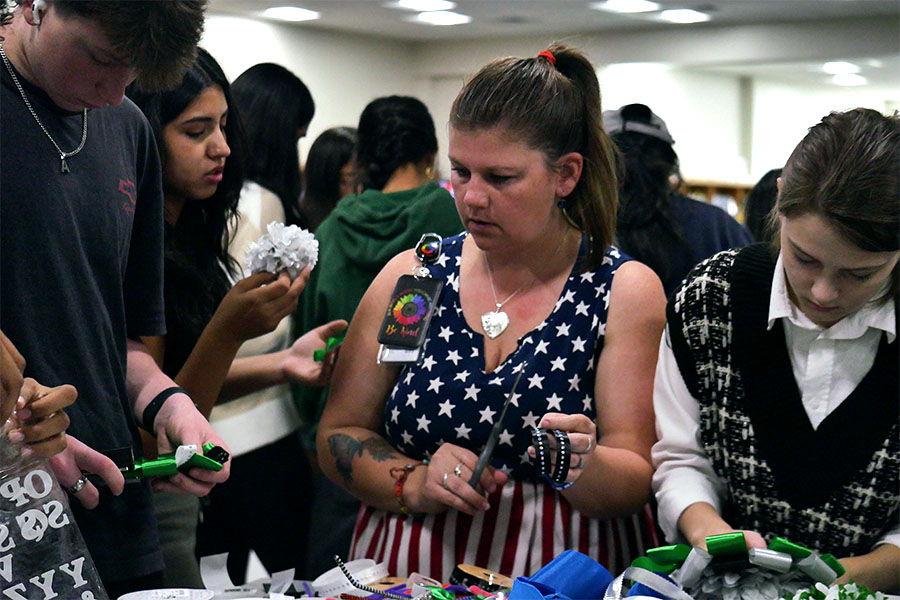
![Broadcast, yearbook and newspaper combined for 66 Interscholastic League Press Conference awards this year. Yearbook won 43, newspaper won 14 and broadcast took home nine. “I think [the ILPC awards] are a great way to give the kids some acknowledgement for all of their hard work,” newspaper and yearbook adviser Paige Hert said. “They typically spend the year covering everyone else’s big moments, so it’s really cool for them to be celebrated so many times and in so many different ways.”](https://cphswolfpack.com/wp-content/uploads/2025/05/edited-ILPC.jpg)


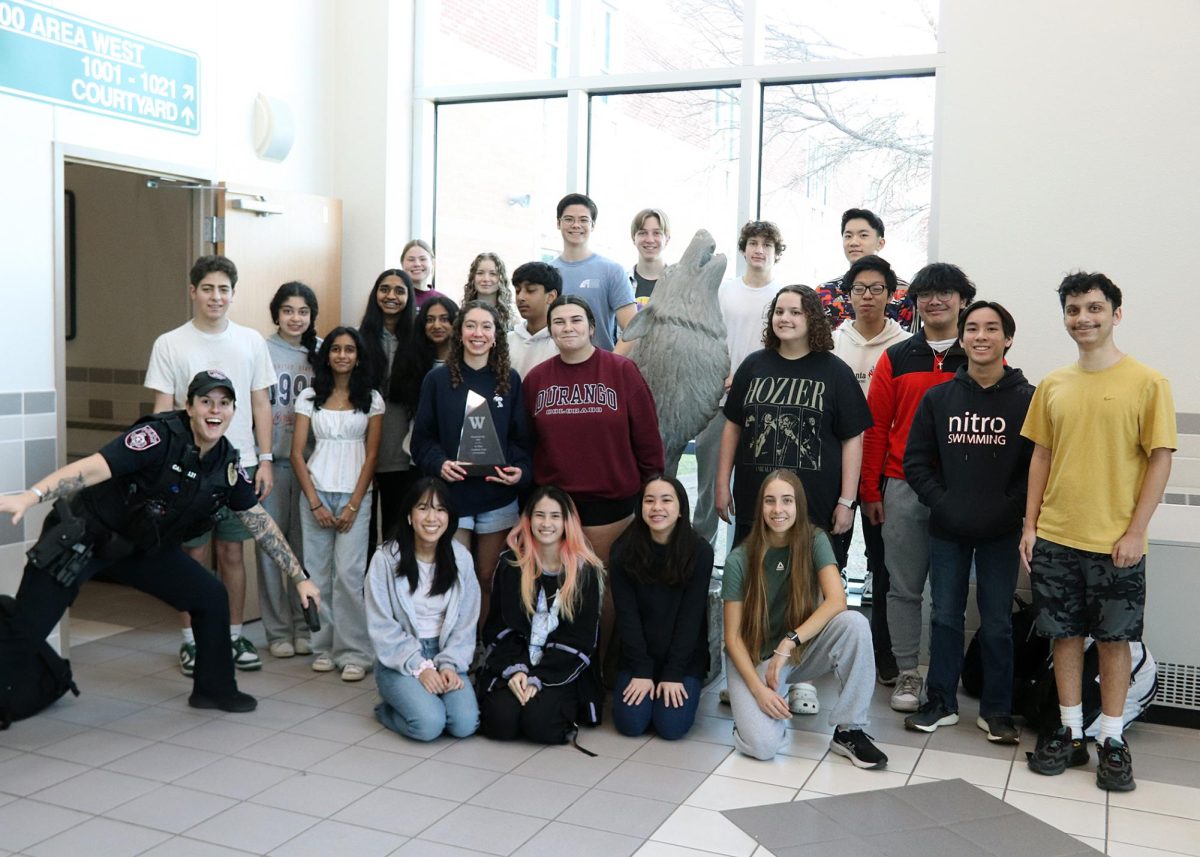


![Sitting with her friend senior Sohpia Struve at last year’s Austin City Limits Festival, senior Ava Zuniga poses for a picture under a pavilion. They are frequent attendees at ACL, an annual music festival at Zilker Park. “I would recommend seeing a bunch of people,” Zuniga said. “This past year, we camped out for Chappell [Roan] for a really long time. I think the whole point of ACL, [which] is a lot of fun, is that you can go see so many different people, even if you don’t know them. So by camping by one person, it really limits yourself from being able to go see a bunch of people.” Photo courtesy of Ava Zuniga](https://cphswolfpack.com/wp-content/uploads/2025/10/EE9E9484-FE6F-4AA0-B5F5-0C177AB32841-1200x857.jpeg)
![Looking down at his racket, junior Hasun Nguyen hits the green tennis ball. Hasun has played tennis since he was 9 years old, and he is on the varsity team. "I feel like it’s not really appreciated in America as much, but [tennis] is a really competitive and mentally challenging sport,” Nguyen said. “I’m really level-headed and can keep my cool during a match, and that helps me play a bit better under pressure.” Photo by Kyra Cox](https://cphswolfpack.com/wp-content/uploads/2025/09/hasun.jpg)

![Bringing her arm over her head and taking a quick breath, junior Lauren Lucas swims the final laps of the 500 freestyle at the regionals swimming competition on date. Lucas broke the school’s 18-year-old record for the 500 freestyle at regionals and again at state with a time of 4:58.63. “I’d had my eye on that 500 record since my freshman year, so I was really excited to see if I could get it at regionals or districts,” Lucas said. “ State is always a really fun experience and medaling for the first time was really great. It was a very very tight race, [so] I was a bit surprised [that I medaled]. [There were] a lot of fast girls at the meet in general, [and] it was like a dogfight back and forth, back and forth.” Photo by Kaydence Wilkinson](https://cphswolfpack.com/wp-content/uploads/2025/03/Kaydence-2.7-23-edit-2.jpg)
![As the support team sits and poses for a photo in the cafeteria with the counseling team they eagerly wait to start their day. "We [all] seem to be a team, I get up every day and there's days where I don't want to go to work today, but I'm thankful that I have a job and I'm blessed to have what I have," Christopherson said. Photo Courtesy of Julie Weltens.](https://cphswolfpack.com/wp-content/uploads/2025/01/AF9E8470-10D7-4C91-BF28-EC8F86BAB66C-1200x852.jpeg)
![Jumping off the ground, senior linebacker Bennett Patton snatches the ball out of the air for an interception at Thursday’s game against Chaparral. Patton had two interceptions in the 56-14 victory, tying the school record for interceptions in a game. “I was just playing the game,” Patton said. “[I’m] going to go into next week, forget about it and stay humble.” Photo by Harper Chapman](https://cphswolfpack.com/wp-content/uploads/2025/09/bennett-interception.jpg)














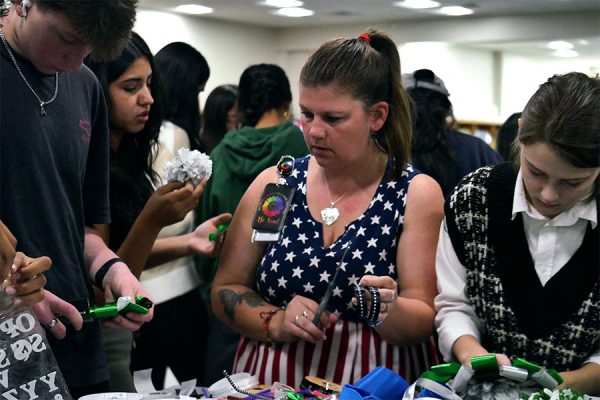





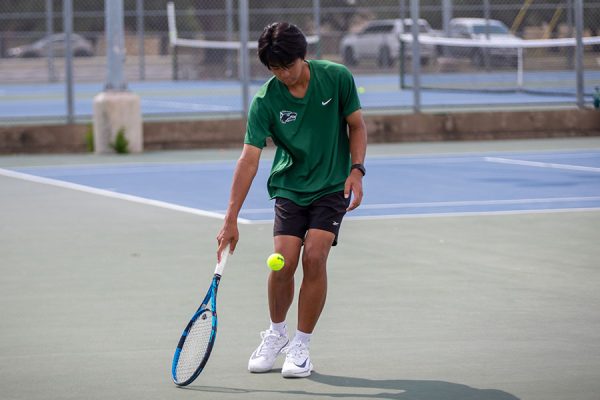
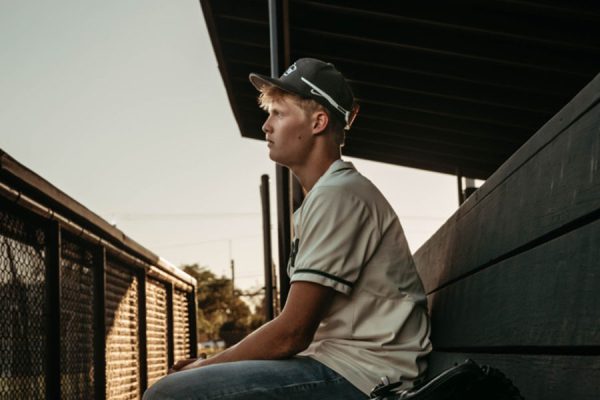
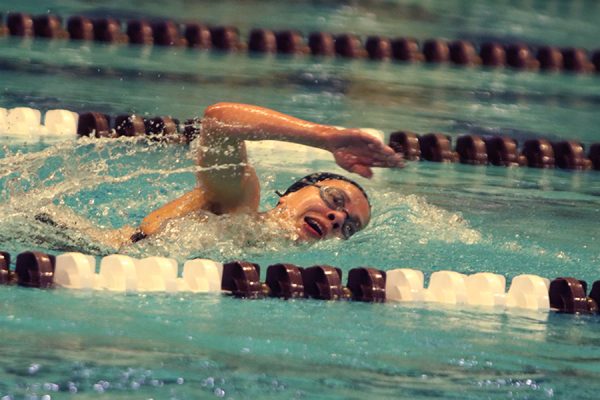
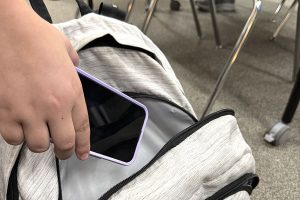
![The fire department came to the school after students were evacuated when smoke started coming from the ceiling of a classroom. All students and staff are safe. “All of my friends left their stuff too, so we couldn’t contact our parents, and it was stressful,” senior Brynn Fowler said. “It was scary because I didn’t know [what was going on], and I couldn’t find anyone because it was a big crowd.” Photo by Anthony Garcia](https://cphswolfpack.com/wp-content/uploads/2025/09/firetruck-300x200.jpg)






